A very brief history of Sumba
The past of Sumba is not well know, archeological remains are scarce and the inhabitants of Sumba doesn’t have a very long geneological memory (usually the last 4 or 5 generations are known, in addition of course to the history of the clan original ancestor).
In historical documents from the 14th century, the Javanese-centered Majapahit empire describes Sumba as one of its dependencies
In the 18th century, the influence had switched toward the Sultan of Bima (Sumbawa) who considers that Sumba falls within his juridiction.
Sumba was sporadically involved in the sandalwood trade of the 16th and 17th century (hence the contacts with Portuguese). From the 18th century, the slave trade run primarily by Endenese (from Ende in Flores) developed significantly along the export of horses.
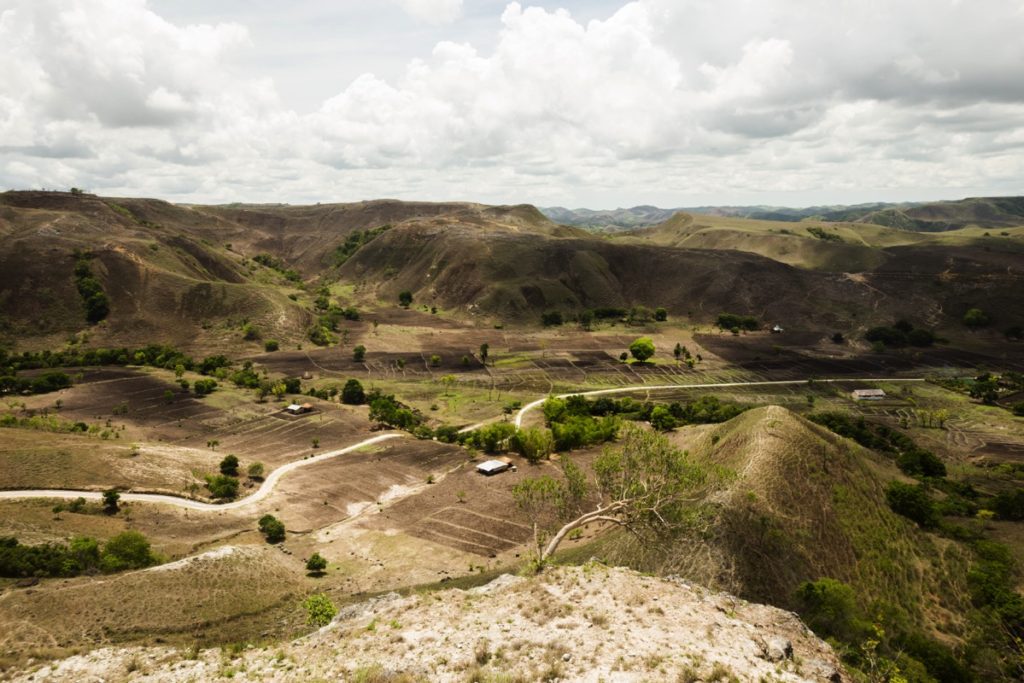
In fact there are very few historical evidences that any outsider ever exerced a true political power on Sumba. A centralized ruler or political authority never existed before the Dutch decided to intervene from the late 19th century (and picked local Rajas among local leaders). Before, Sumbanese had remained in relative autonomy and were divided into several feuding domains. For instance, in 1911 A.Couvreur, Sumba’s Dutch colonial controller, reported that a few year ago money was unknown on the island and Sumbanese knew only barter.
Compared to other islands of eastern Indonesia, the Christian missionaries established themselves quite late in Sumba. The first were the Catholics who had a post in western Sumba from 1886 to 1898, followed by the Dutch Calvinist Church who sent missonaries from 1907.
A Sumbanese culture ?
There are obviously some similarities among the languages, beliefs and customs found throughout Sumba. However ethnologists divide the islands in several cultural domains, each presenting differences in dialect and customs.
Among Sumbanese shared traditions one could think about :
- The characteristic pointed-roof architecture as well as the use of megalith graves
- The indigeneous marapu religion and the attached spiritual conception of the world
- The intricate set of exchanges occuring in parallel to weddings, funerals and feasts
- The social organisation around clans
The pasola is not a shared tradition but a specificity of the domains of Kodi, Gaura and Lamboya.
Sumba languages and cultural domains
The administrative division of Sumba approximately fits the cultural division. In 2007, the district of West Sumba (Sumba Barat) was further divided into 3 new districts :
- The area from Kodi to Laura and Weyewa became Sumba Barat Daya (Southwest Sumba)
- The area from Gaura to Tana Righu (including Lamboya, Wanukaka and Waikabubak) became a smaller Sumba Barat (West Sumba)
- Anakalang, Memboro and Umbu Ratu Nggai became Sumba Tengah (Central Sumba).
Linguistically, the island can be divided in two groups : East and West. But within those 2 main groups, you have a multitude of dialects usually identified as belonging to a given cultural domain. From my understanding, differences between eastern Sumbanese dialects are less important than between western dialects.
Even if they belong to the former district of West Sumba, Memboro, Anakalang and Wanokaka dialects are classified within the eastern Sumbanese languages.
A speaker of an eastern dialect can absolutely not communicate with someone using a western dialect. Still western is closest to eastern Sumbanese than any other language. Beyond Sumba, local languages are most closely related to the languages of Bima (Sumbawa), Savu (Sabu) and Manggarai (Flores).
Nowadays, several name of villages or regions have been transformed in the Indonesian language. Hence don’t be surprised to see a place going by different names (for instance the region of Rende is called Rindi in the local language and the village of Praiyawang is actually called Parai Yawangu by its inhabitants).
An historical perspective on East/West difference
J.Hoskins reports the account published in 1941 of the early 20th century Sumbanese society by a Dutch tax collector called Versluys :
Sumba at the beginning of the twentieth century was divided into about twenty indigenous domains. Those in the eastern part of the island were ruled by a single lord, usually addressed as tamu umbu, who was the head of stratified, autocratic polity. In the western domains, no such centralized ruler existed; instead one found a shifting, achievement-oriented competition between “big men” who established their power bases from ancestral villages but did not rule over their fellows:
In the east… life is centered on the big houses of the aristocrats, who live with their servants or slaves in a relatively autonomous fashion… Stock breeding is of great importance, and the population is sparse… In the West, on the contrary, we see huge plains of wet rice fields and a great many swidden gardens, often layered along the steep slopes of low-lying mountains, and a much denser population. There is greater economic equality, since livestock are distributed over a larger number of owners, and this accords with the total social structure, where the figure of the aristocrat who can live as a separate entity with his family and servants is much rarer.
The presence of servants as part of the household was a strong reminder of the time the ownership of slaves dominated all life on the island in both the social and economic senses.
On slavery and headhunting
Slavery was an important elements of virtually every domains’ society until the Dutch put an end to it from the 20th century (slavery was abolished in 1860 in the Dutch East Indies, after years of taking part in the trade slave especially in Makassar). Slave raids intensified from the second half of the 19th century until the early 20th century under the action of Endenese (from the town of Ende in Flores), slave traders who targeted mostly the North coast and had ties with some eastern domains. Isoled western domains like Kodi or Lamboya remained more preserved from this issue.
The share of slaves in the population seem to have been higher in eastern Sumba. Some research done in the 1980s have found that almost 40% of the population was of slave descent in Rindi for instance.
In eastern Sumba, slaves were divided in two class. The higher one were the uncessible propriety of the nobles and often invested of important ritual duties. Their master had to provide them assistance, a house, pay the bridewealth…
In all over Sumba, the fate of war captives or outsiders taken prisoners was bleak. Missionary Kruyt reported in 1922 that war captives were sometimes sacrificed at the funeral of important nobles in East Sumba. Human sacrifice for ritual purpose was also a reality in West Sumba, Kruyt also reported that in Anakalang, a Weyewa girl was purchased and sacrificed to use her skin to cover a sacred drum. In Wanukaka, a captive was strangled as an offering to a python spirit. Kuipers reported in 1990 that in Weyewa, captives used to be sacrificed whenever a sacred house was rebuilt.
Headhunting was a highly ritualized activity practiced by some villages in West Sumba and limited to a small part of the year (from July through September, after the harvest and before the start of the rainy season, when there was not much agricultural work to do). Headhunting raids stopped in the 1920s under the influence of the Dutch.
The Sumbanese identity
A Sumbanese is defined by the clan he belongs to at birth (the same as his father’s). When a girl gets married, she joins her husband’s clan. Members of a single clan are usually distributed over a number of villages and houses occupied by persons of only one clan.
In Kodi, Hoskins also mentions the existence of an heritage transmitted by mothers called walla. It bears the name of an ancestress and is associated with some personal characteristics and sometimes secret knowledge (herbalism, trick in indigo dyeing, black magic …). Walla often carries unsavory associations and is often kept secret (but is discussed in the context of mariage negociations.
The familiar environment of the Sumbanese it their cultural domain. In the center there is the chief village, then the major villages (it means that the settlement contains an ancestral house, ie the original house of a clan where the heirlooms are kept), then minor villages then the uninhabited plain.
They distinguish two kind of houses : houses with a triangular tower built in the centre of the roof (called uma mbatangu in Rindi dialect) and regular houses (also called bald house, uma kamudungu in Rindi). As a general rule, houses with a peak are marapu house (they host not only a family but the spirits of its ancestors (the marapu) staying in the peak). But there are some exception and a bald house can be considered marapu while a rich family may live in a peaked-house without ritual particularity.
Chief villages in Sumba are typically located on an high and remote site to protect themselves from ennemies. There were also fortified with stone walls and cactus hedges. The chief village (like Sodan in Lamboya, Praiyawang in Rindi …) is a place of refuge in the event of an attack but also the religious center of a domain.
Since the Dutch put an end to internal warfare in the beginning of the 20th century, several of these villages have been at least partially abandonned to built new settlements closer to the fields and the source of water. I think this is what happened in Ubewe (Wanokaka).
What do they look like ?
Traditionally, age was never recorded in years. People were put in a given social category based on their capacity of accomplishment. For instance for kids, the ability to sit, then to walk and eventually to ride a horse. Then the important steps in one life were getting married, and having children. For old people, there is a term to refer to the age at which one looses hits teeth and has to use a mortal to crush betel and areca.
Black teeth are considered attractive, white and long teeth are the mark of witch an wild evil forces. Young man begin to chew regularly after their circumcision and woman when they reach puberty. At this time, they are given a betel bag for boy and a betel basket for girl. These items should be carried anytime one leaves the village. An adult man, and also woman on some very formal occasion, should asso carry a machete or a knife. With the betel container and the blade, a person away from home is considered improperly dressed.
Sumbanese tatoo
Many people (especially elders) are tatooed in Sumba. G.Forth describes the practice as universal in Rende in the 70s. Design usually represents animals but initials are also very common.
Tatoo is said to be necessary so that a person, after his decease, may obtain fire in the land of the dead.
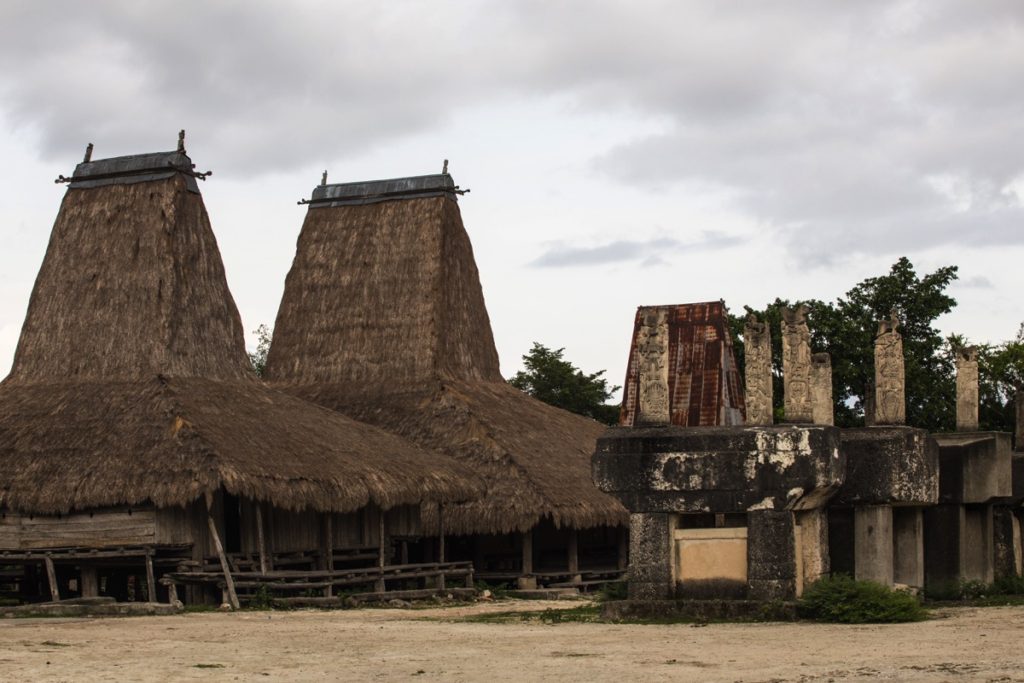
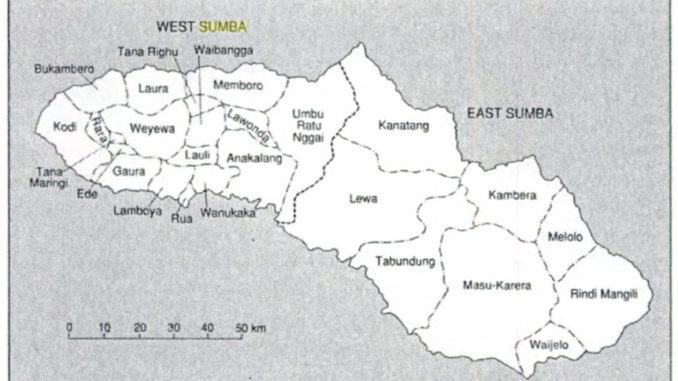
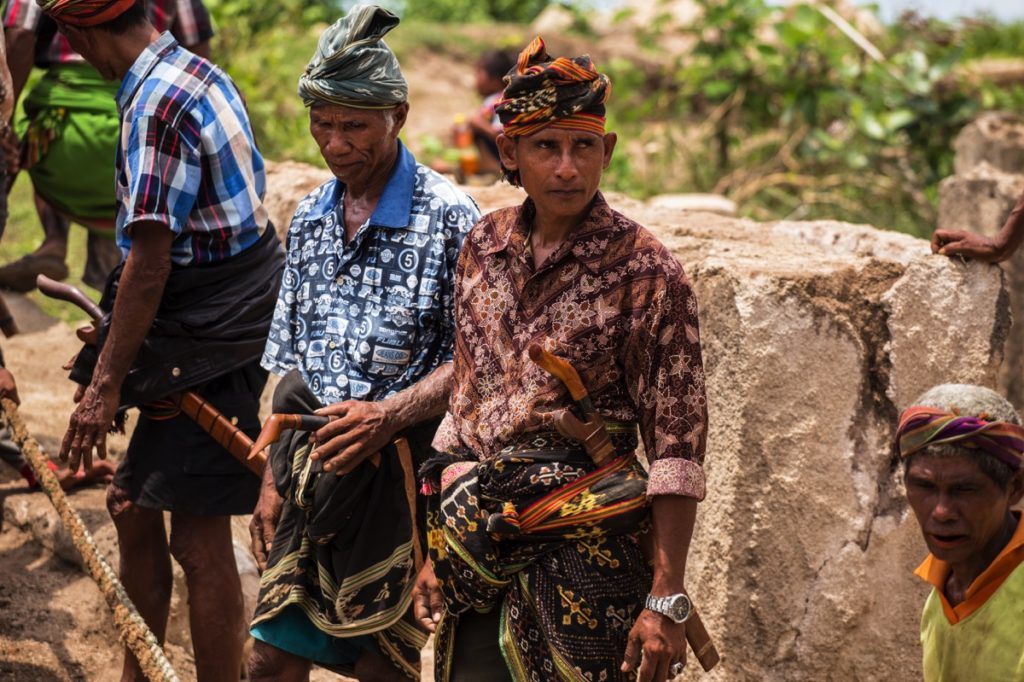
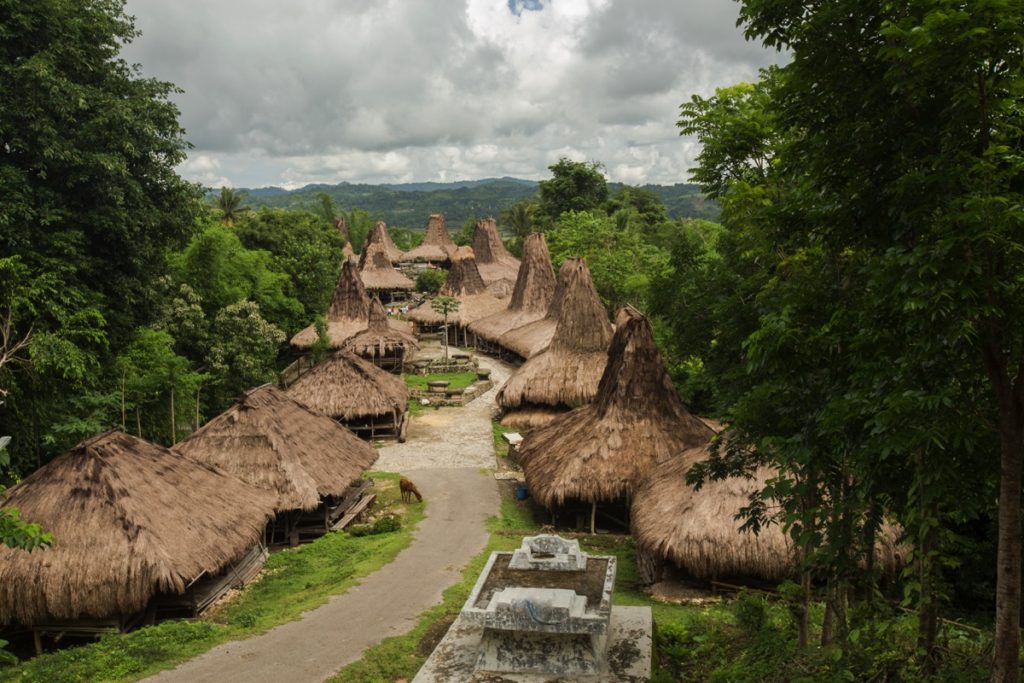
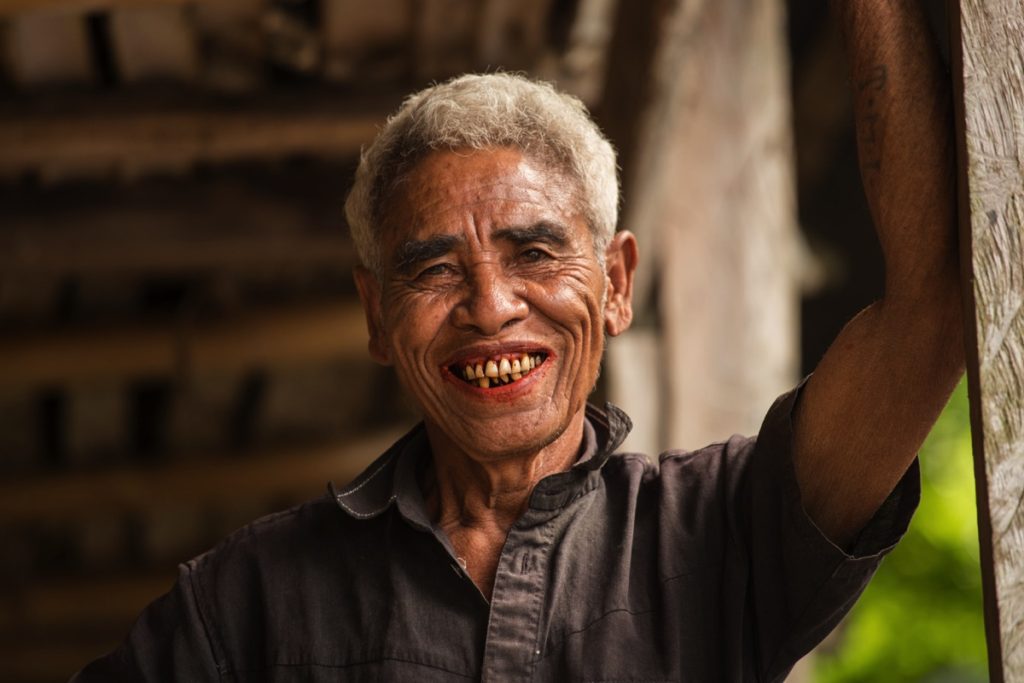
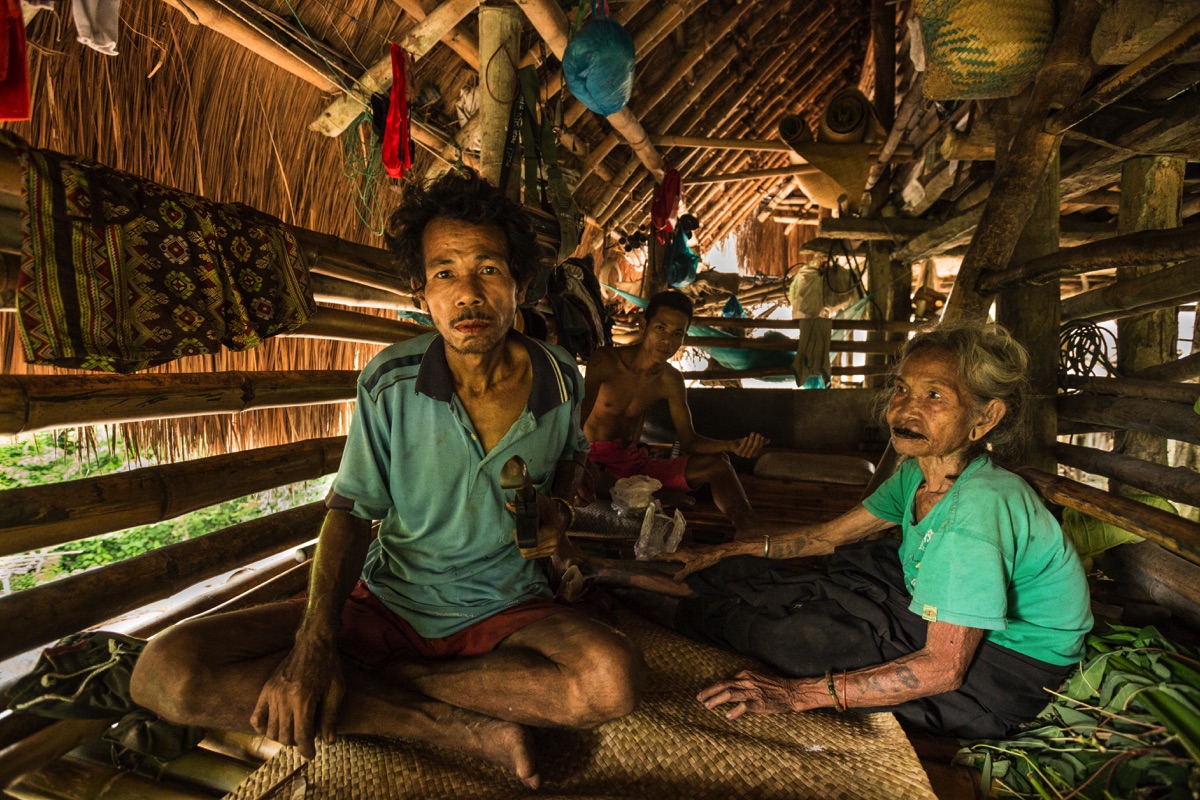
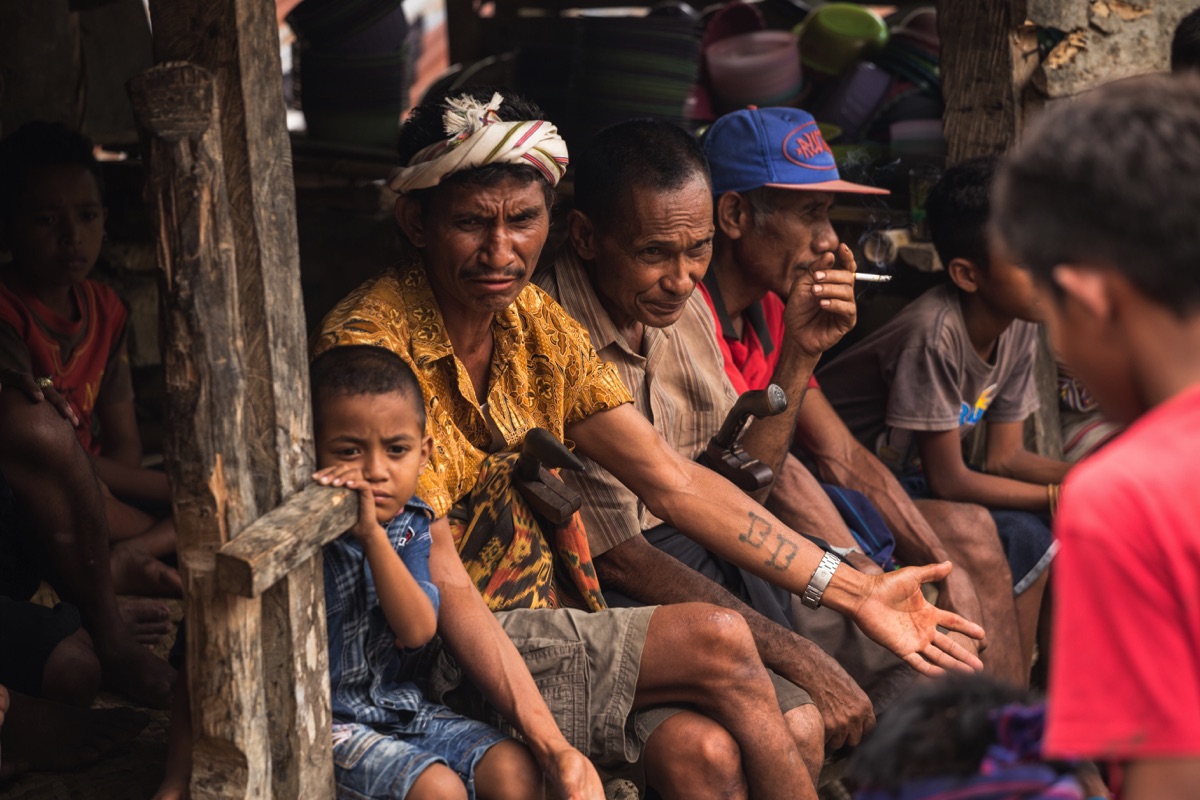
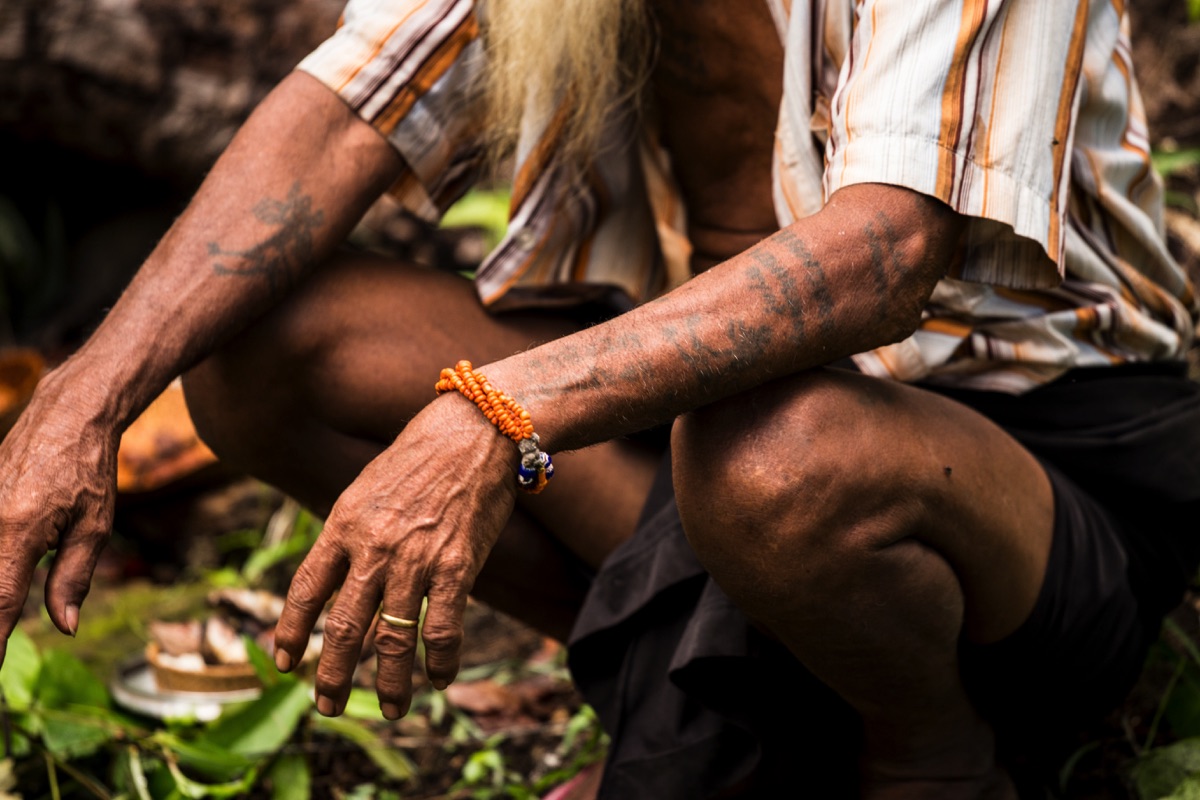
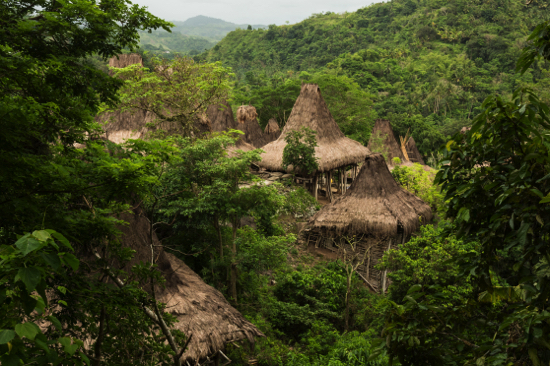
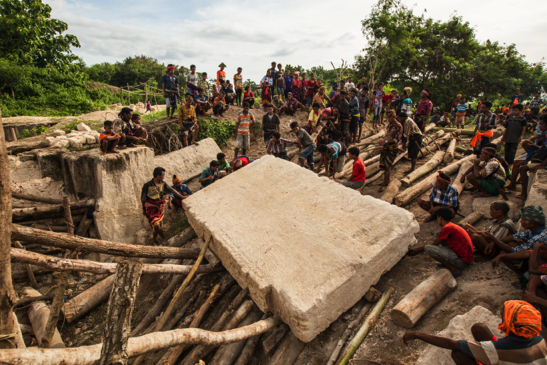
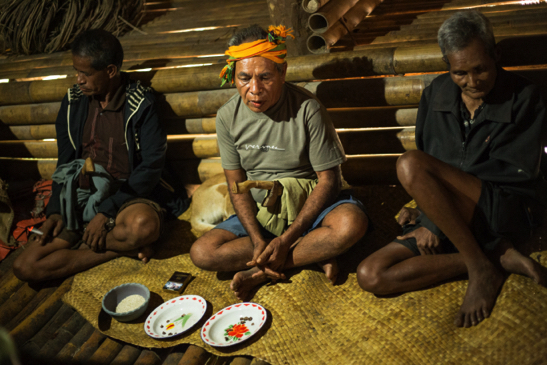
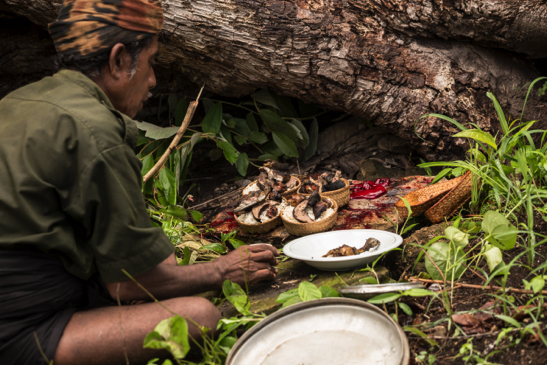
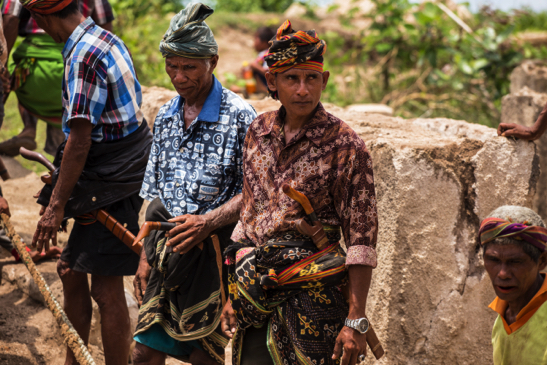
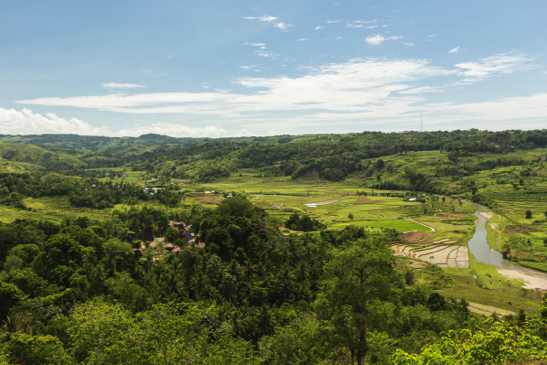
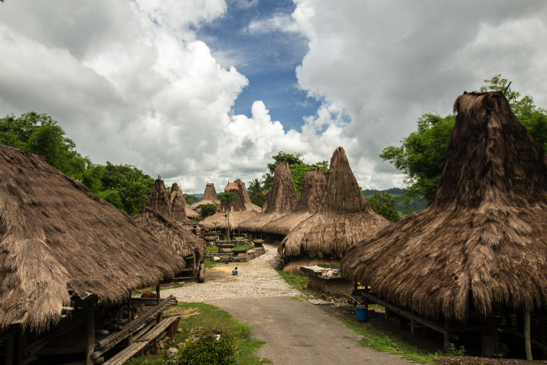
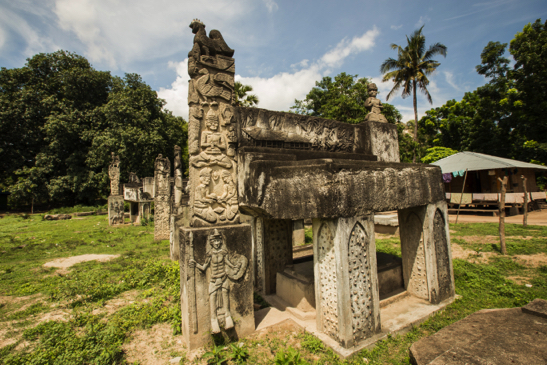
Thank you for the brief explanation about Sumba. Beautifully captured!
What about food production in Sumba. What about marriage types? Payback? Transport?